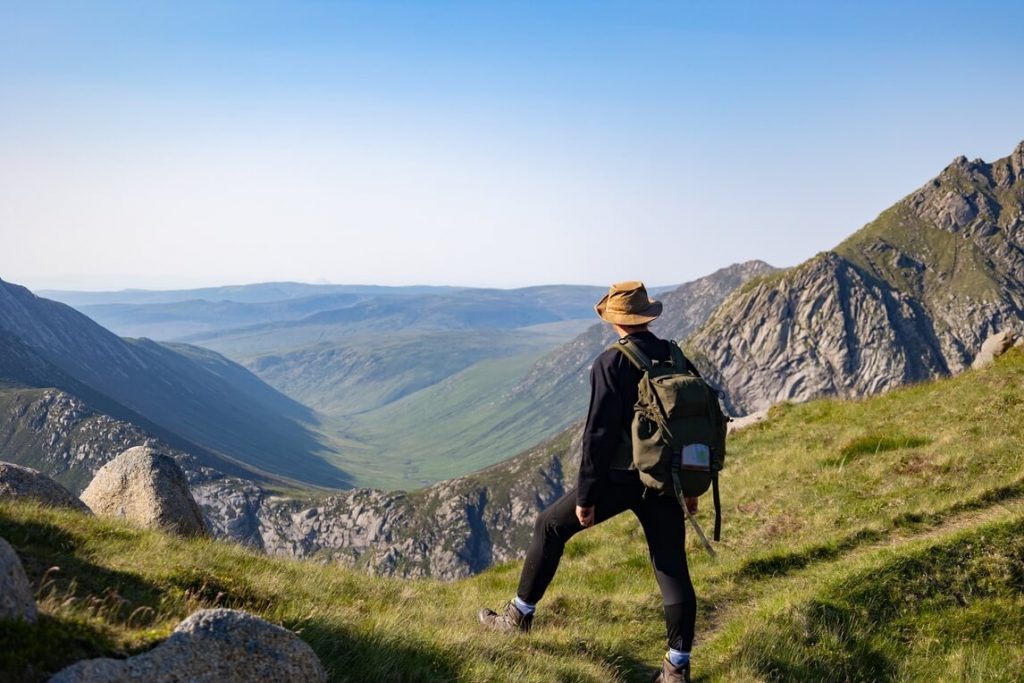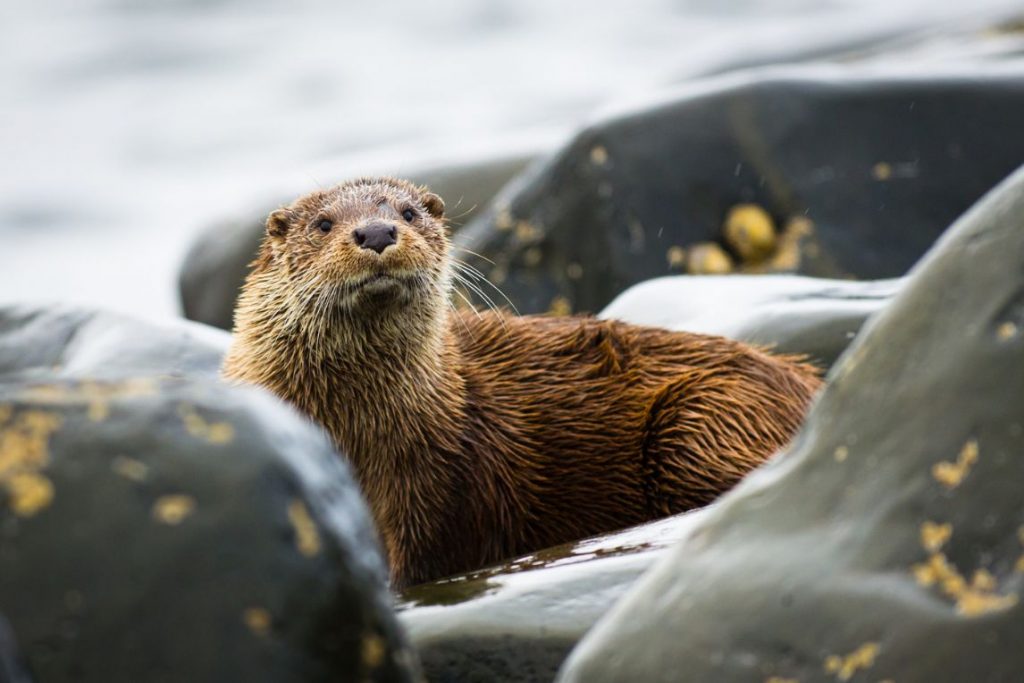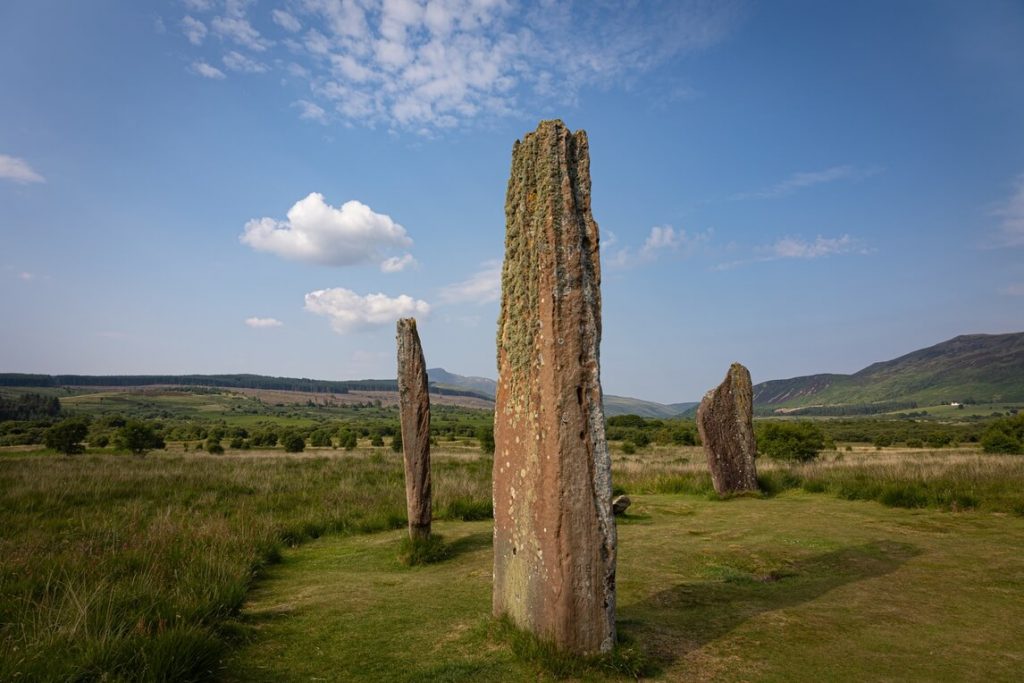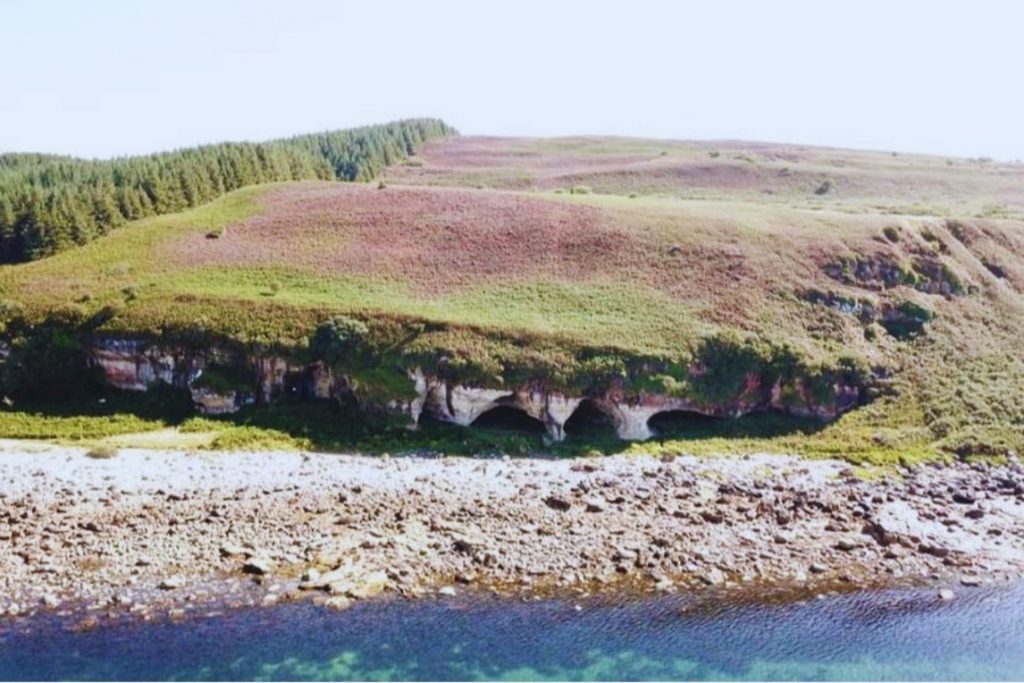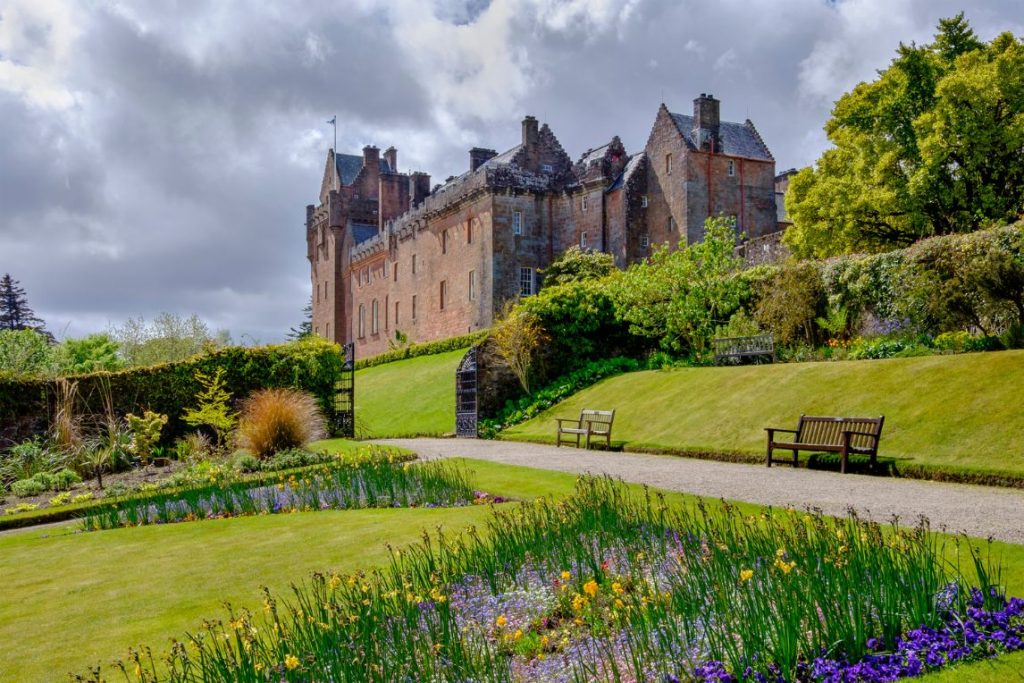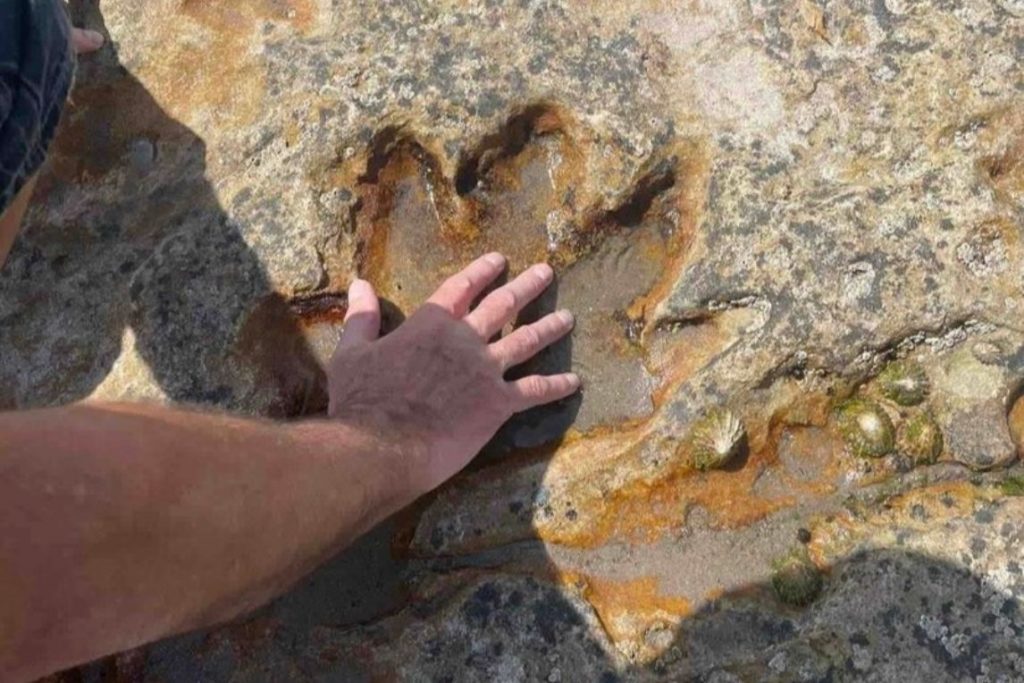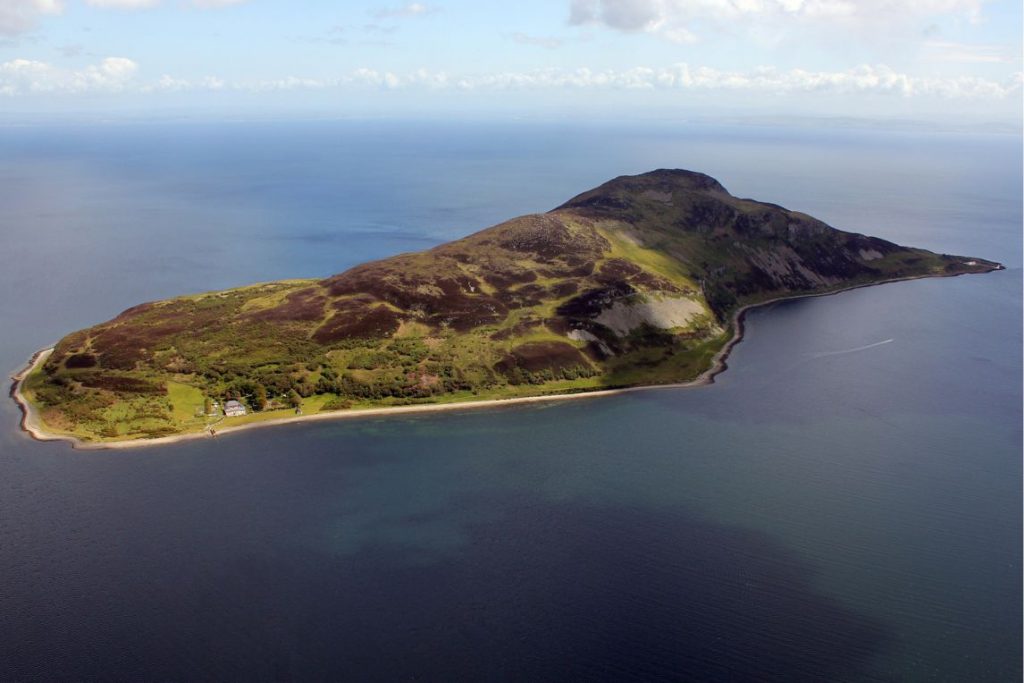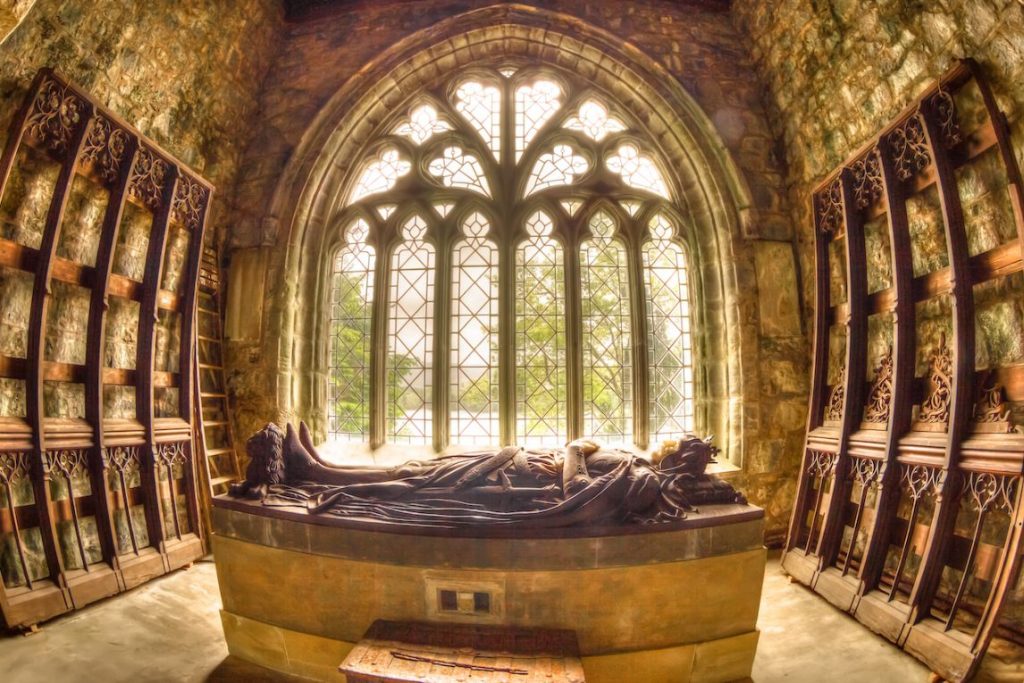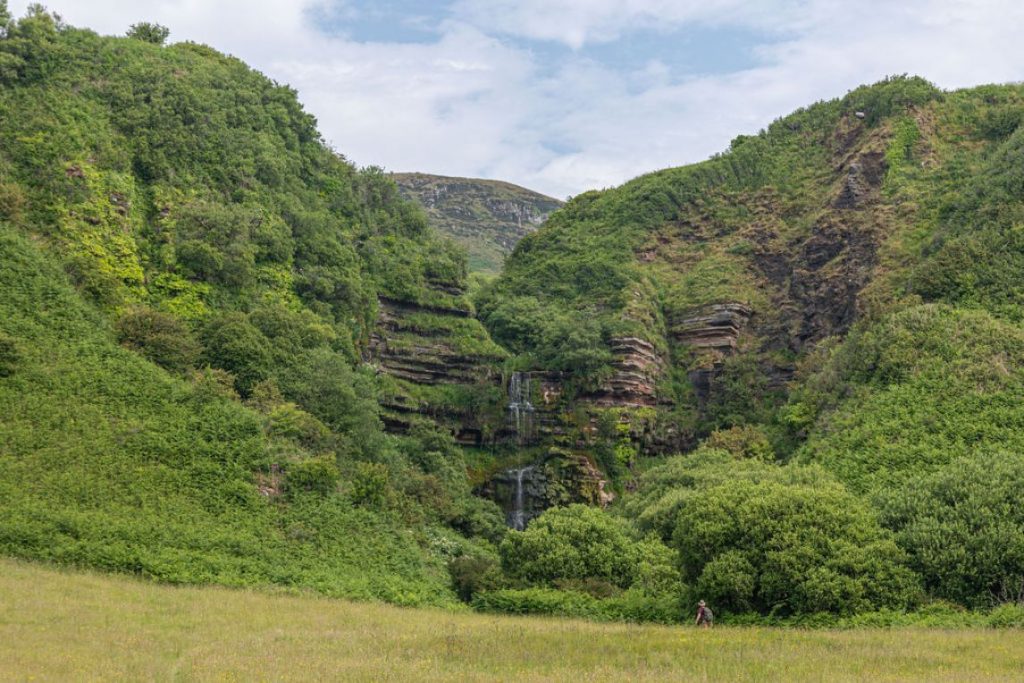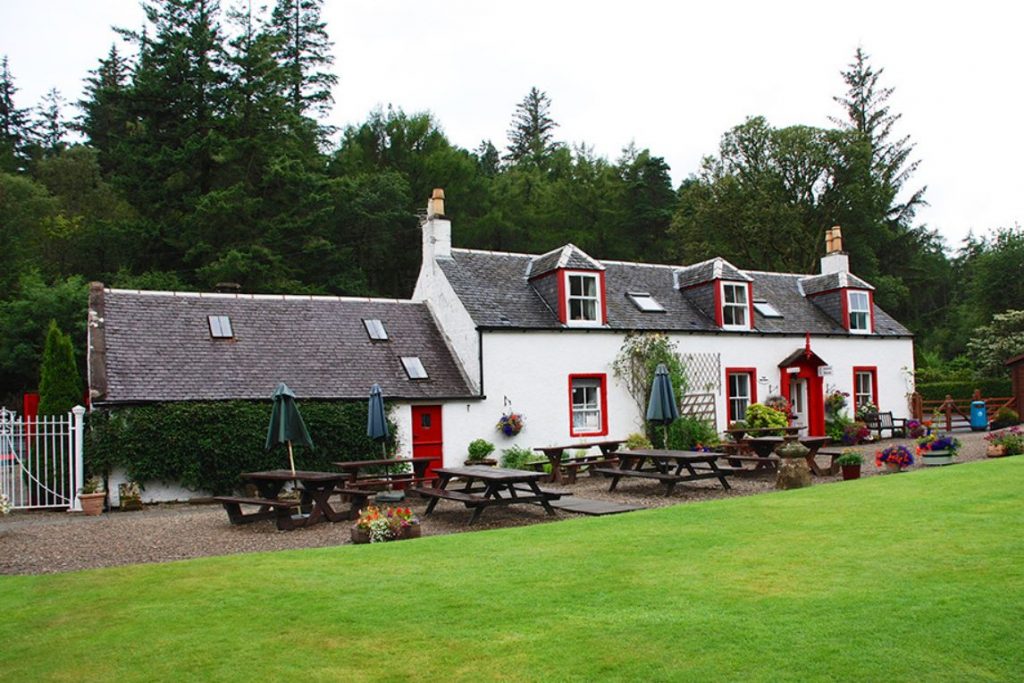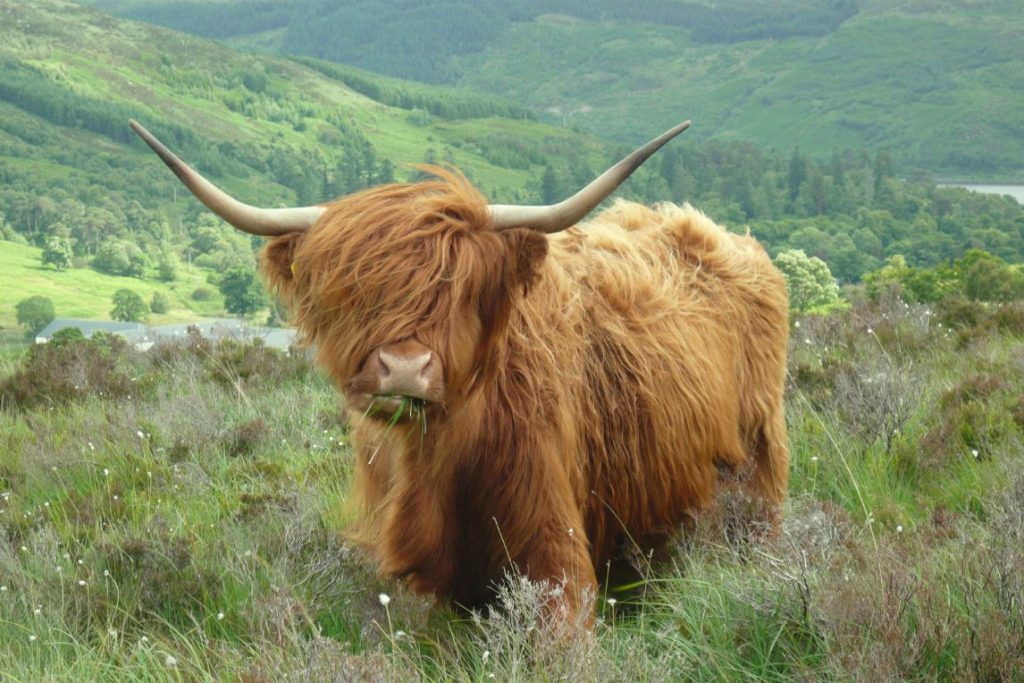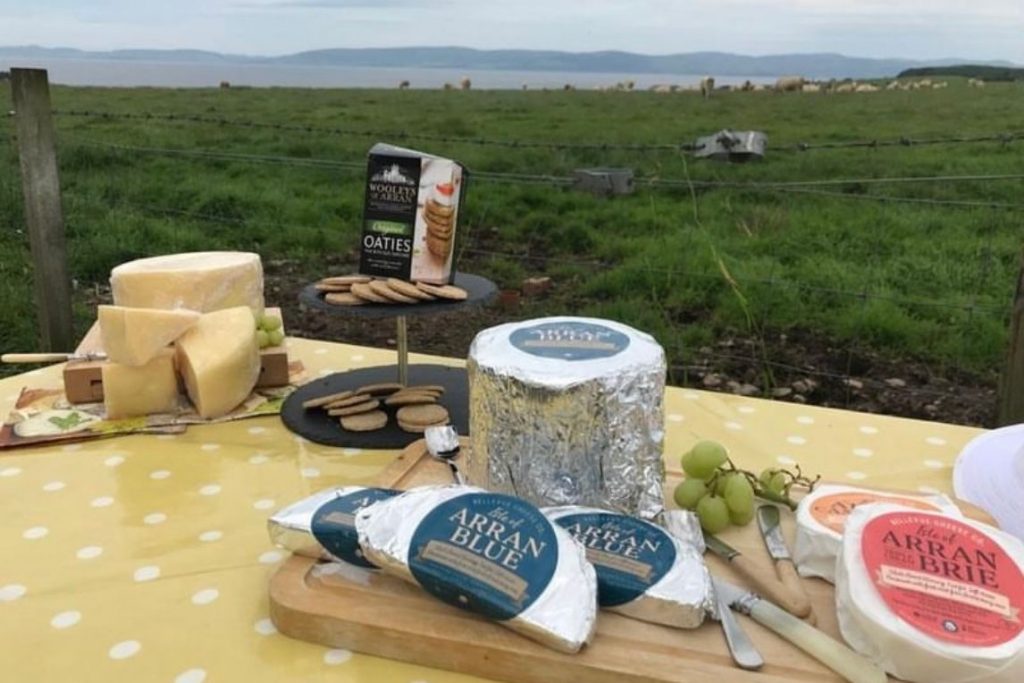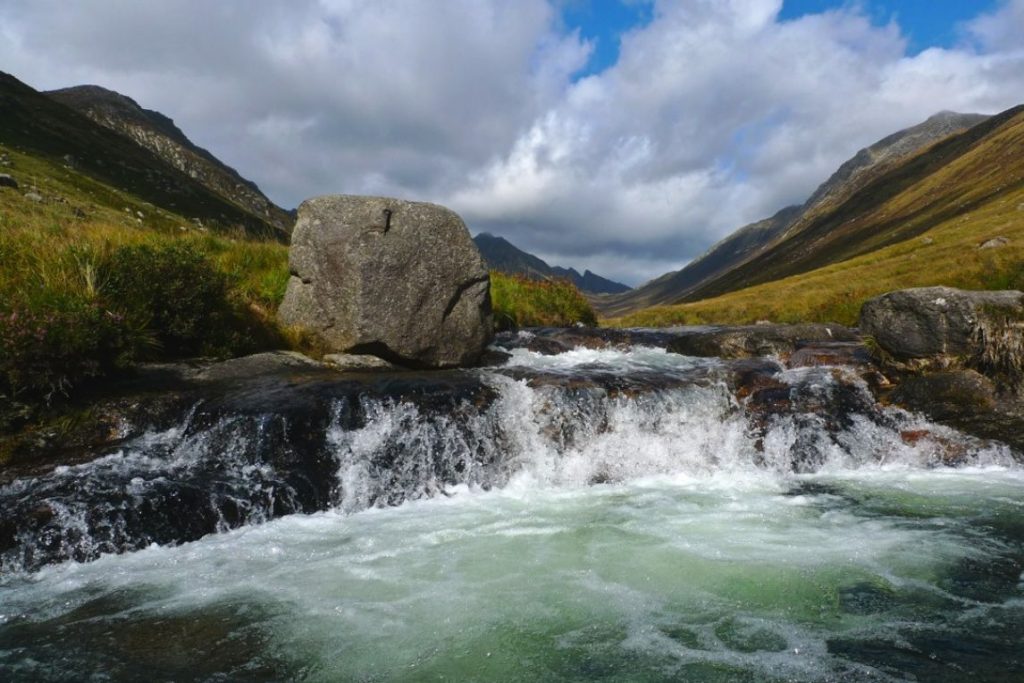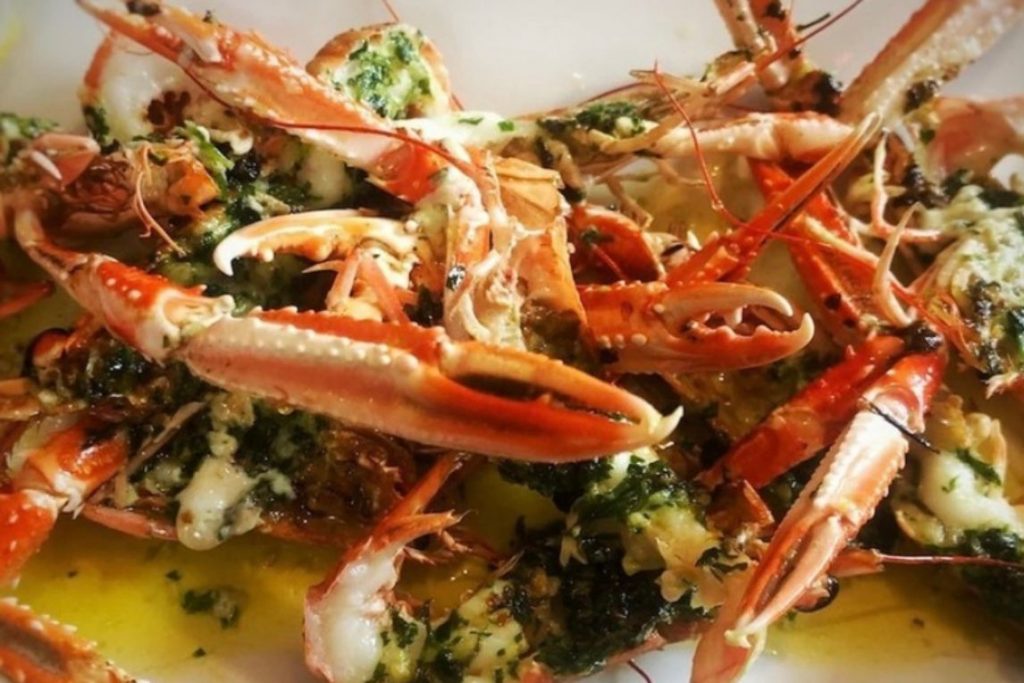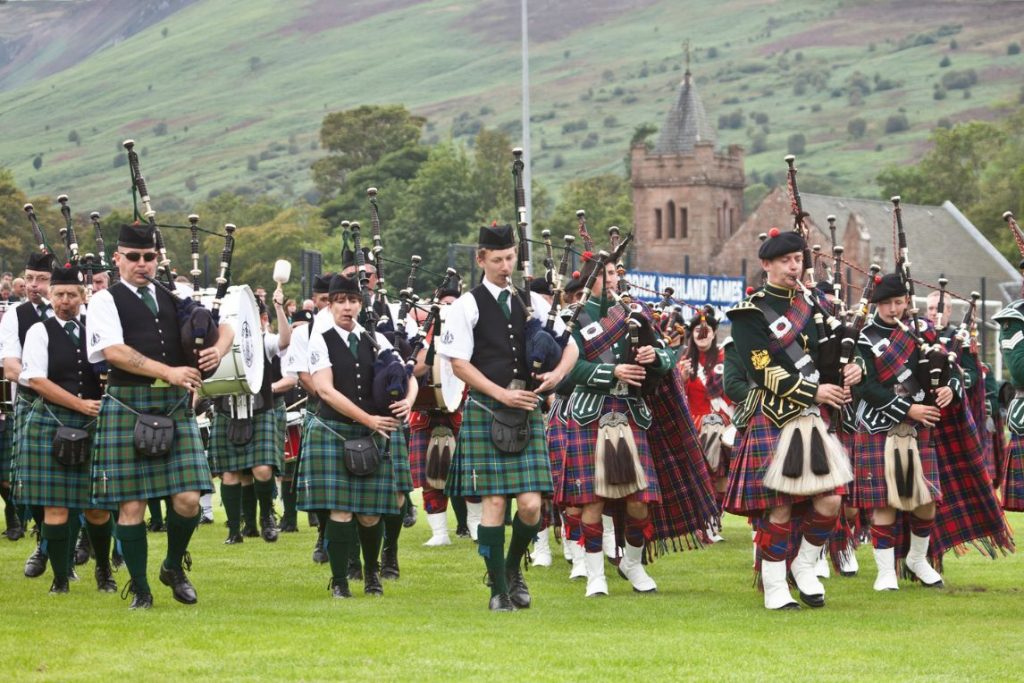08 Mar 24
20 Reasons to Visit the Isle of Arran
The Isle of Arran is a gem on the Scottish west coast that simply must be visited! This small and perfectly formed destination – dubbed Scotland in miniature – has it all. It’s a joyous place with scenery that will blow your socks off and world-famous produce influenced by the island’s microclimate. Just a short ferry ride from the mainland, you can sail across in under an hour and feel a million miles away! The absence of crowds and vehicles gives it a proper sense of escape.
Arran is a very special place. Here’s 20 reasons why you should add this stunning Scottish Isle to your travel list.
1. Goat Fell
The sheer grandeur of Arran’s mountains, which dominate the north of the island, are always a surprise. To the south, the landscape is gentler, thanks to Arran’s position across the Highland Boundary Fault, which divides Lowlands from Highlands. Goat Fell is Arran’s highest peak and one of Scotland’s favourite destinations for hill walkers. Reaching the summit (874m) some scrambling. Catch your breath at the top while admiring the stunning panoramic views of Jura and Ben Lomond. On a clear day you can even see as far as Ireland! Once you’re back down, reward yourself with an Arran ice cream.
2. Scotland’s ‘Big Five’ wildlife
Arran is the only island in Scotland where you can see all of Scotland’s ‘Big Five’ wildlife in the wild every day of the week! The Big Five – golden eagle, red deer, common seal, red squirrel and otter – were determined by Scottish Natural History. They thrive on and around the island. Beyond the Big Five, look for massive sea eagles, dolphins, porpoises, whales and basking sharks.
3. Machrie Moor Standing Stones
The standing stones of Machrie Moor on the Isle of Arran are instantly recognisable and one of Scotland’s most important prehistoric sites. There are a number of stones from different periods around the site. The most visually striking set is a group of three large stones, reaching up to almost 5m in height. These mysterious stones date back to the Neolithic era. The stones are thought to have ritualistic and astronomical significance, adding an air of mystique to the island.
4. Eas Mór Waterfall and the Library in the Woods
If you take the challenging hike to the beautiful Eas Mór waterfall (30m) you’ll discover an enchanting woodland library inside a quaint purpose-built cottage. There are lots of books and hundreds of drawings, notes and stories from visitors that have been pinned to the walls. You can even add your own creation.
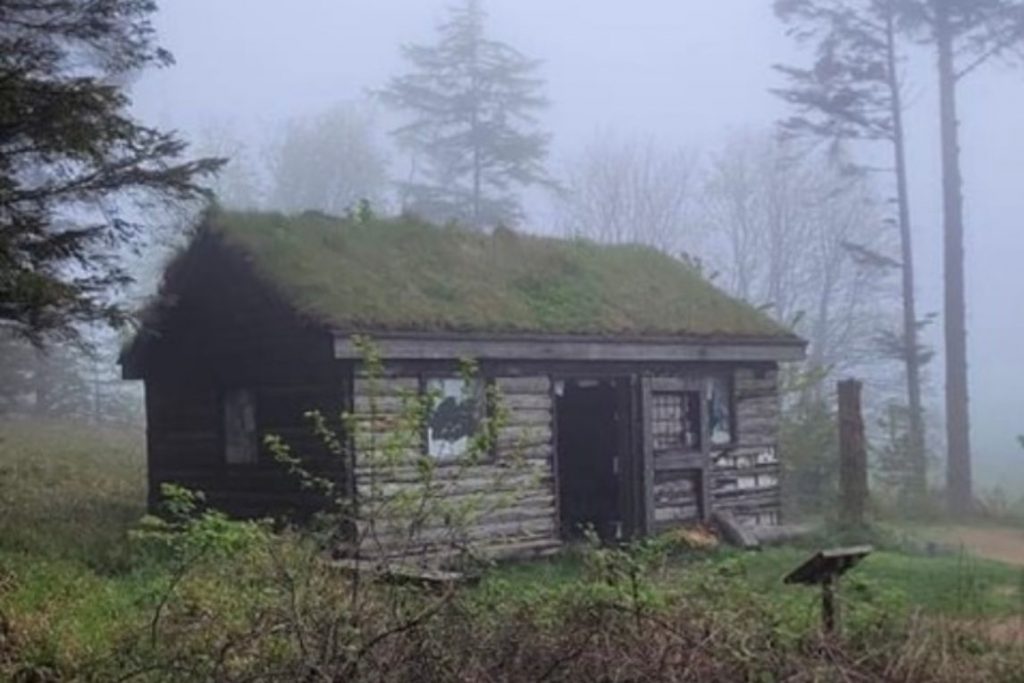 5. King’s Caves
5. King’s Caves
The Isle of Arran served as a strategic location during the tumultuous times of the Scottish Wars of Independence, a pivotal period in Scotland’s past. It is said that in 1306, Robert the Bruce sought refuge in King’s Cave after he was defeated in his attempt to claim the Scottish throne and oust the English from Scotland. The cave is guarded by a grand, metal gate and full of ancient carvings.
6. Whisky distilleries
Arran’s mountain water is mineral-dense and very well suited to making whisky. The island has two distilleries, Lochranza and Lagg, the latter recently named ‘Distillery of the Year’ at the prestigious Scottish Whisky Awards 2023. On the island there’s also the Arran Brewery near Brodick Castle, and the newer Seagate Brewery in Lamlash, while Arran Botanical Drinks offer their own gin and cassis at the island’s only beach bar!
7. Brodick Castle
Cared for by the National Trust of Scotland, the Isle of Arran’s grand Brodick Castle is a traditional Victorian Highland estate. Every inch the quintessential island castle, it is packed with treasures and offers a great insight into the Hamilton dynasty that used to own all of Arran. On the castle grounds there are formal gardens, woodland, waterfalls and bathing pools to discover.
8. Dinosaur footprints
There are huge dinosaur footprints in four different places on the Isle of Arran. They were left by a giant crocodile-like dinosaur, Chirotherium, that roamed Arran around 240 million years ago. The first acknowledged footprint on the island is found between Drumadoon Point and King’s Cave; it’s set back from the beach, on a small vertical rock face. There’s also one on a rock platform, visible at low tide, in Kildonan.
9. Holy Isle
A group of Buddhist monks installed themselves on Holy Isle in 1992, renovating the buildings and establishing a spiritual centre. You can get to the island on a boat from Lamlash and enjoy a wonderful rugged walk to the summit of Mullach Mòr.
10. Viking Fort – Kingscross
Forever associated with the story of Robert the Bruce, Kingscross is the location in which the warrior king is said to have sailed in 1307 for the Ayrshire Coast in order to take back the Scottish crown and end English occupation. The site has a much longer history, with the remains of a 2000 year old fort on the site. The remains of a Viking grave mound was also discovered on the site and can still be visited today.
11. Giants’ Graves & Glenashdale Falls
One of the most popular sites on the Isle of Arran is the Giants’ Graves, a pair of Neolithic chambered cairns built sometime between 4500 and 5500 BC. If you can, get up here early in the morning while the sun is coming up. On the forest walk to the graves you’ll pass the finest waterfall on Arran – the double cascade Glenashdale Falls.
12. Arran Heritage Museum
You can dive into the island’s past at the extensive Arran Heritage Museum. This vintage farm is bursting with archaeological, geological and anthropological exhibits and artefacts. You’ll spend more time here than you think you’ll need and learn all sorts of wonderful unexpected things about the island. It’s run by knowledgeable staff, all volunteers, and has lovely gardens and a tearoom.
13. Shaggy-haired cows
Hairy and loveable Highland cows roam freely on Arran and are not hard to find. These iconic animals are often seen grazing in the fields, adding a picturesque and charming touch to the island’s breathtaking landscapes. Ask the locals to point you in the direction of the ‘hairy coos’.
14. Artisanal cheese
Arran is Scotland’s foodie island and a haven for cheese lovers. The creamery on the island has been crafting delicious cheeses for more than 20 years, incorporating local flavours and traditions. Learn more about the island’s world-class produce and see also the Taste of Arran.
15. Blackwaterfoot Beach
The west coast of the Arran is far less developed than the east and the largest settlement is the small village of Blackwaterfoot. It’s where you’ll find the island’s longest and most stunning beach, with fine sand and a stunning backdrop of Drumadoon Bay. It’s remote and peaceful and after a tranquil stroll, you can watch the sun dip below the horizon. The picturesque harbour is tiny, just big enough for two or three very small boats.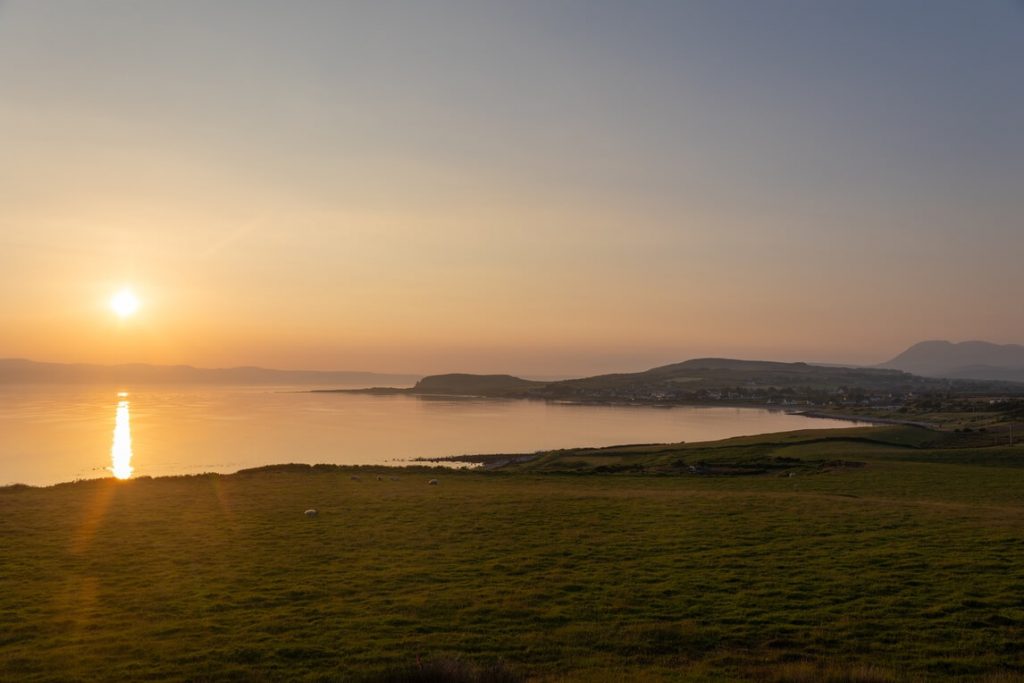
16. Rock pools and wild swimming
If you’re feeling bold, there are some inviting rock pools on the Isle of Arran in which to take a dip. The Blue Pool at Glen Rosa is a tiny plunge pool with spectacular views up the glen towards Goat Fell. Once a year, local and visiting swimmers get together for the Lamash Splash, where they swim from Holy Island back to the pier. Arran even has its own nudist beach at Cleats Shore, just south of Lagg.
17. Scottish seafood
Lobster, haddock, mussels, crab, scallops, monkfish, squid, prawns, seabass, trout, salmon! With some of Scotland’s best fishing grounds, Arran is a seafood lover’s delight. You can enjoy fresh fish and shellfish landed locally or sustainably sourced from Scottish waters. Dishes are lovingly prepared, packed with flavour, and flow with the seasons.
18. Luxury Spa
Resort hotels on rugged Scottish islands are hard to come but Auchrannie is just that. At Scotland’s first island destination spa you can unwind, soothe tired hiking muscles, and enjoy a variety of luxury treatments.
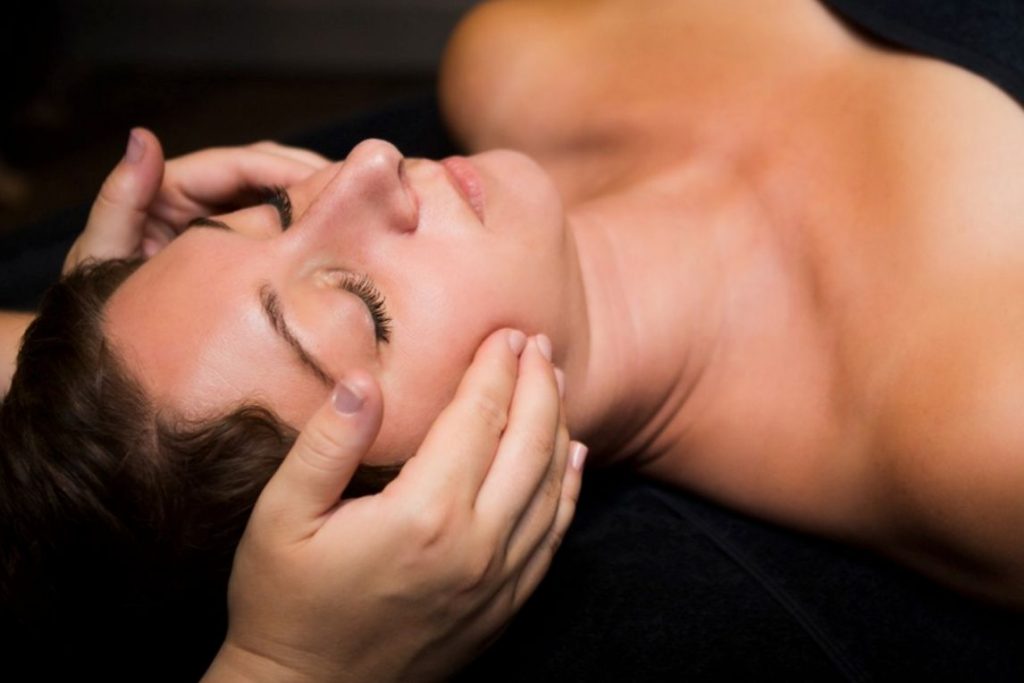
19. Arranachs
You’re guaranteed a warm welcome from the Arranachs. Each village on the Isle of Arran has its own character – and characters. One of the best ways to discover the heart, soul and magic of Arran is to share a pint with an Arranach at a local pub. They enjoy a blether and can tell you lots of local tips about the best places to walk, stay and eat. Meet the islanders and enjoy the craic!
20. Arran Coastal Way
The best way to discover all the delights of Arran is by walking the 105km Arran Coastal Way. The trail encircles the island (30km by 16km) and has a few excursions inland. This walk has a big WOW factor and offers hikers a remarkable diversity of landscapes and seascapes, archaeological treasures, fascinating history and cheeky wildlife. It starts in Brodick, where the ferry from the mainland docks, and is best walked anticlockwise. The route is mainly low-level farmland, woodland and moors, but there are some sections with rugged mountains, granite peaks and deep glens. Despite its modest length it takes an average walker 7 days to complete. Check out our 9-day self-guided itinerary, which includes an arrival and departure day plus an optional extra day walking Holy Island. The best time to walk is April to October. 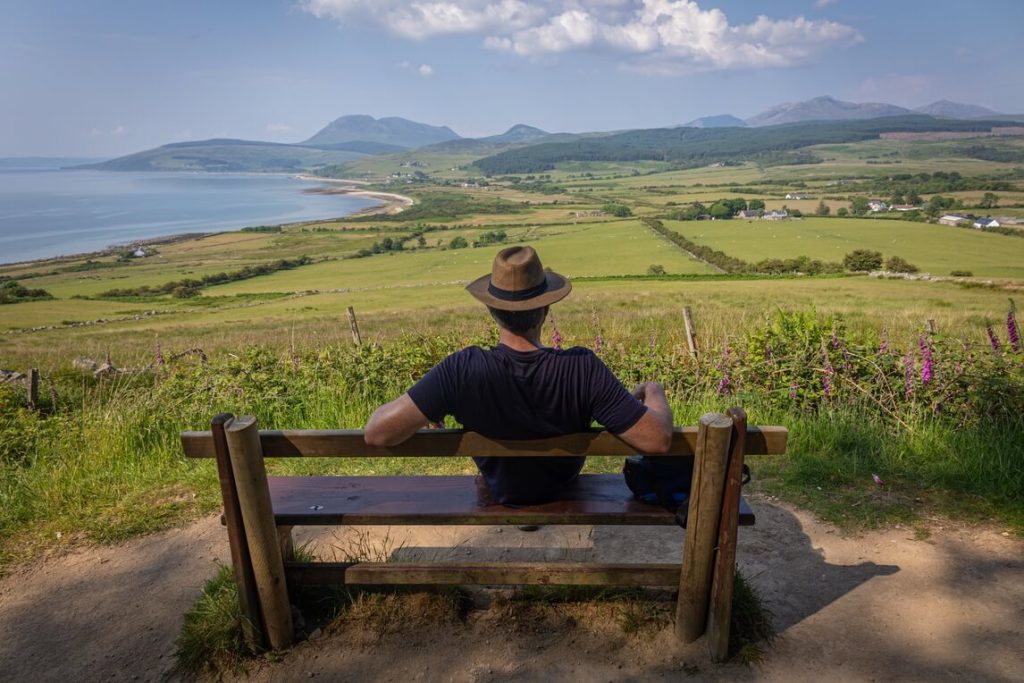
And if that’s not enough, watch this video and check out the list of 100 Things to Do on Arran!
Photo credits
Images used with permission or under licence. Main image: Red deer in front of Lochranza Castle (Shutterstock.com / Allan Napier). Other images as indicated below.
- Goat Fell (RAW Travel)
- Wild European otter on the beach (iStock.com / mille19)
- Machrie Moor Standing Stones (RAW Travel)
- Eas Mor Library (Visit Arran / @stravaigindanny)
- Kings Caves (Visit Arran / John Stewart)
- Whisky distillery (Visit Arran / Lagg Whisky)
- Brodick Castle (istock.com / Flavio Vallenari)
- Dinosaur footprint at Kildonan (Visit Arran, Louise Kemp – Arran FB group)
- Holy Isle, with Buddhist monastery visible bottom left (iStock.com / Graham Chappell)
- Robert the Bruce Chapel, Argyll, Scottish Highlands (Shutterstock / Benny Marty)
- Glenashdale Falls (RAW Travel)
- Arran Heritage Museum (Isle of Arran Heritage Museum)
- Highland cow (Wilderness Scotland)
- Arran cheese (Visit Arran)
- Blackwaterfoot Beach (RAW Travel)
- Glen Rosa Blue Pools (Visit Arran / Campbell Seaton)
- Seafood (Visit Arran)
- The ASPA at Auchrannie (Visit Arran / Auchrannie Resort)
- Massed Pipe Bands performing together at Brodick Highland Games (iStock.com / Liz Leyden)
- Views of Arran (RAW Travel)


